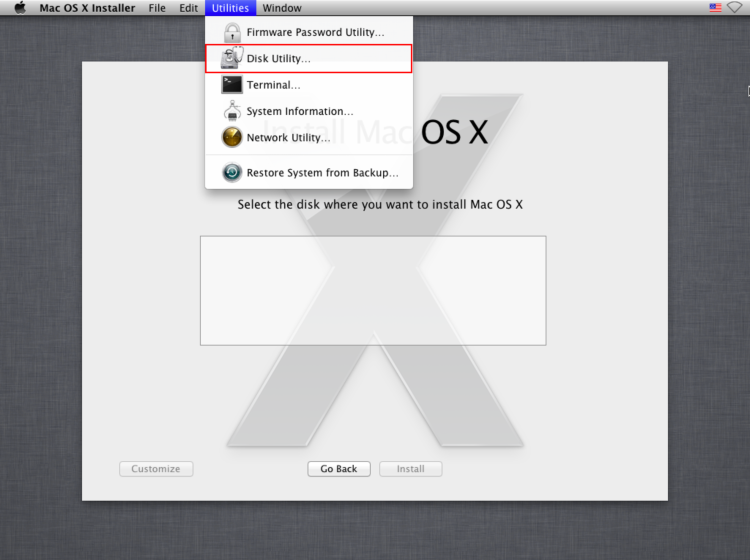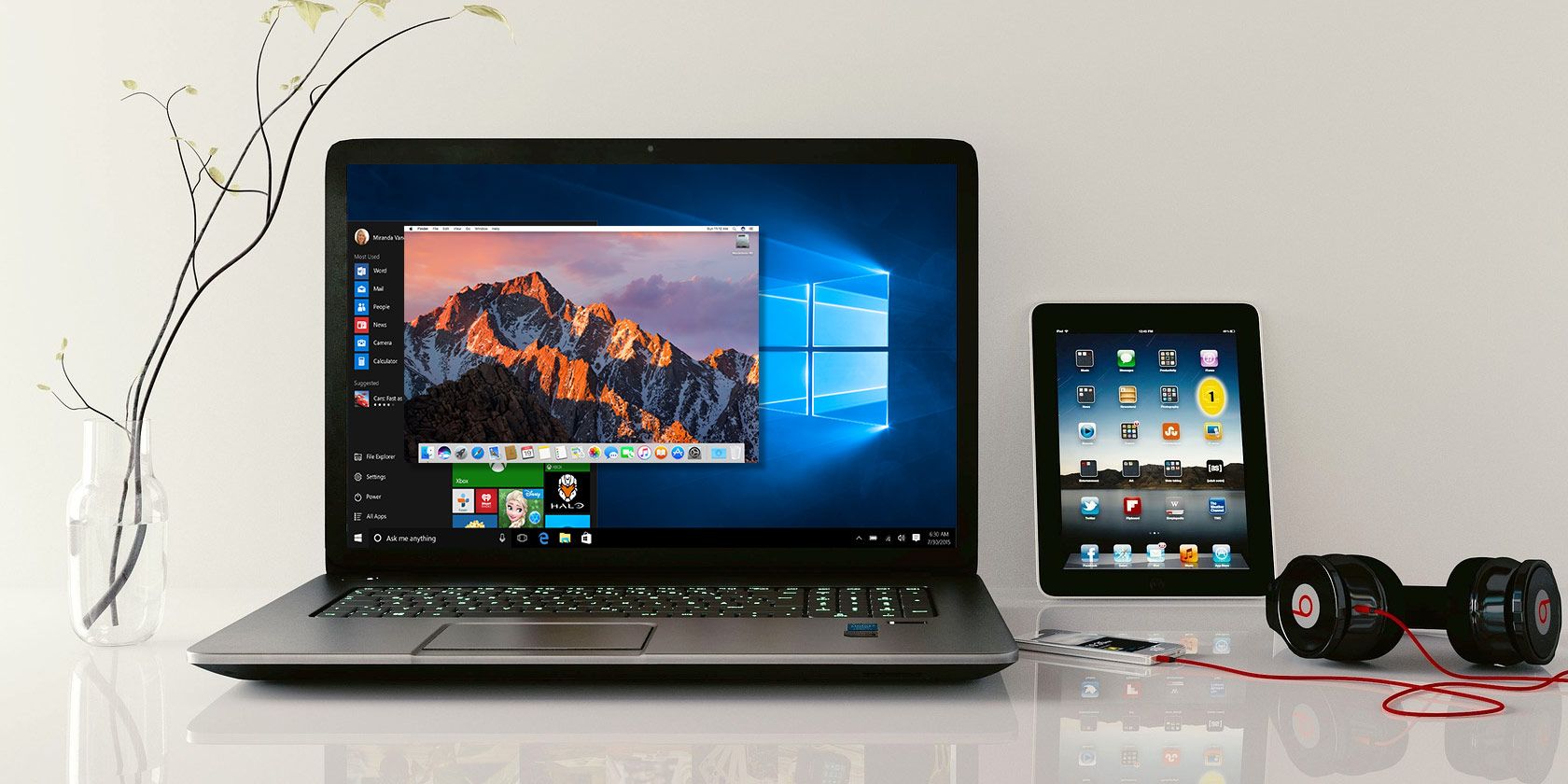
- How to run mac os in virtualbox how to#
- How to run mac os in virtualbox mac os x#
- How to run mac os in virtualbox install#
- How to run mac os in virtualbox manual#
- How to run mac os in virtualbox download#
You should consider installing the VirtualBox Guest Additions a must for every VM you create. Your host machine should have at least 1 GB of RAM and plenty of CPUs remaining so the host OS and VirtualBox can function smoothly. When you commit resources for the guests, do not overextend your RAM and CPUs in such a way that you leave the host grinding to a halt. With the VM powered down, you can do this in Settings | System for the VM by sliding the Processor(s) slider to the right to increase the CPUs ( Figure B). If you’re setting up a VM for a server that demands heavy processor use, your best bet is to up the amount of CPUs VirtualBox will hand over to the VM. Although that will work in some cases, there might be instances where more processors would be advantageous over a significant amount of RAM. When creating a new VM, your inclination might be to bump up the RAM used to ensure a smooth running guest. Note about this: The performance increase will be significant when used with spinning hard drives and less so with solid state drives. Instead of using dynamic disks, opt for fixed disks ( Figure A) and give the disk plenty of space. Why? Because as you use space on a dynamically allocated virtual hard disk, VirtualBox must accommodate and adjust the VM’s storage space, which causes the performance to take a hit. However, the dynamically allocated disk is not nearly as efficient as the fixed disk. This makes sense, especially when you are limited in space and aren’t certain how much space you’ll need for your VM. Generally speaking, when we allot storage space for our VMs, we stick with the default dynamically allocated disk types. Master your server with these 7 informative resources (TechRepublic Premium) IBM is all in on hybrid cloud, and its new cloud modernization center wants to help you be, too
How to run mac os in virtualbox how to#
How to test if your Linux server is vulnerable to Log4j Intel announces 12th generation Intel Core and 50 new processors at CES 2022 VirtualBox admins enjoy a lot of flexibility, but what about performance? Follow these tips to help your VMs boost the performance of your guests. In some cases, those VMs are powered by the popular and free VirtualBox. Many data centers rely on virtual machines (VMs). If your VirtualBox virtual machines are lagging in performance, check out these five tips.


How to run mac os in virtualbox install#
Then you will be asked where to install macOS.After a while, you will need to choose the language for installation.If you use the command 'exit' you can shift to the EFI menu, but changing the settings doesn't seem to affect the progress of the UEFI Interactive Shell, which stops at the Shell> prompt. This part needs clarification - UEFI Interactive Shell loads, but nothing happens.When it boots, you will see some data being displayed.In the SATA controller, click 'Add Optical Disk'.
How to run mac os in virtualbox mac os x#
Choose your version (if you have Mojave or Catalina, choose Mac OS X (64 bit).
How to run mac os in virtualbox download#
How to run mac os in virtualbox manual#
The manual installation requires access to the Mac App Store through an existing installation of macOS.


 0 kommentar(er)
0 kommentar(er)
